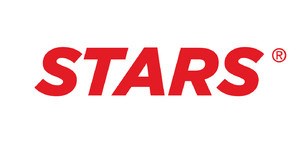STARS air ambulance is unveiling its fleet renewal plan that will result in a streamlined, unified stable of life-saving helicopters.
“As part of STARS’ commitment to continually enhance our emergency medical care services, we need to update and standardize our aircraft fleet, and this is the first step,” said Andrea Robertson, president and chief executive officer of STARS.
“The new fleet is an investment in our future, helping us continue to provide critical care services for our children, grandchildren and beyond.”
STARS recently conducted independent reviews of the long-term sustainability of its current aircraft types: the legacy BK117 and the AW139. The assessments indicated the necessity of a new, single-model fleet of helicopters. “The bulk of our current fleet, the long-serving BK117, has been phased out of production, and these aircraft are becoming more costly to maintain,” said Robertson. “A unified fleet is considered best practice in terms of safety, fleet management, dispatch flexibility and cost effectiveness.”
An extensive review resulted in the selection of the Airbus H145 aircraft as the best option for STARS’ new fleet. It is a technologically advanced model with an updated version of the medical interior found in STARS’ existing aircraft.
The organization’s first new helicopter is expected to be delivered in 2019 and will be based in Calgary. The remainder of the new fleet is anticipated to be implemented across STARS’ six bases over the next five years.
In Saskatchewan, STARS needs three new helicopters to operate its two bases. Each medically equipped aircraft costs approximately $13 million.
As a non-profit, charitable organization, STARS will embark on a campaign to seek support from the community and our government partners to help purchase the new fleet. The current helicopters will also be sold after the new fleet is in place to help offset the cost of the new aircraft.
“While we await the arrival of our new helicopters, our existing fleet will continue to serve our patients reliably and safely,” said Robertson. “You can count on us to be there for the next patient who needs us.”



